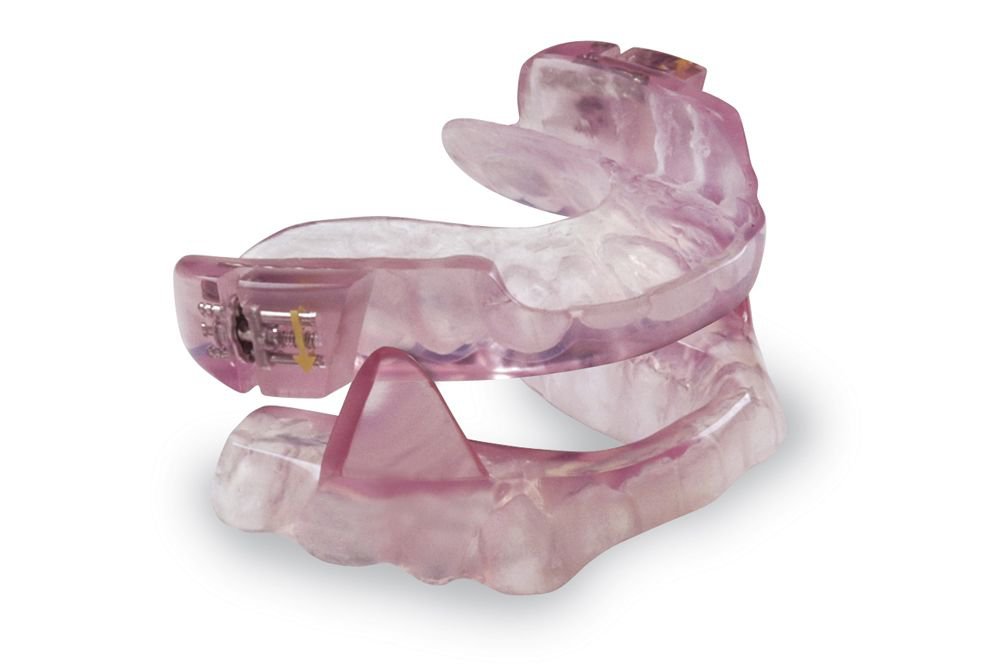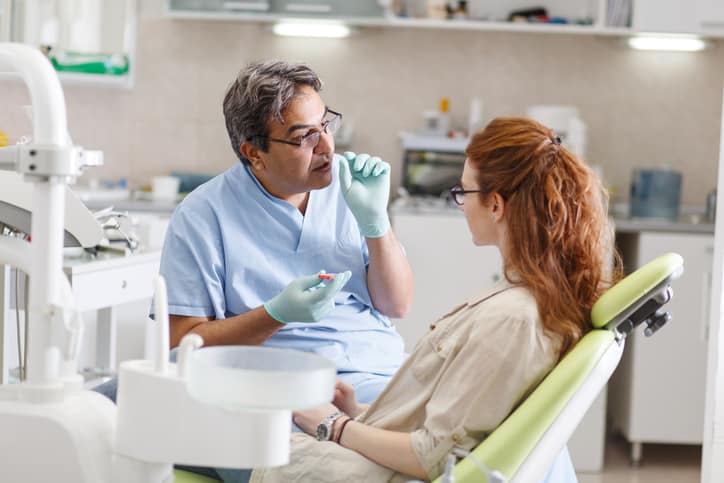Appliance apnea snoring
Table of Contents
Table of Contents
Dental Appliances for Sleep Apnea and Arousals: A Complete Guide
Do you often wake up feeling groggy and tired, even after a full night’s sleep? Has your bed partner complained about your loud snoring or breathing interruptions during the night? If so, you may be suffering from obstructive sleep apnea (OSA), a common sleep disorder that affects millions of people worldwide. Fortunately, there is a range of dental appliances available that can help alleviate the symptoms of sleep apnea and ensure a peaceful night’s rest for you and your loved ones.
For many people with OSA, the main symptoms are loud snoring, episodes of breathing cessation during the night, excessive daytime sleepiness, morning headaches, and dry mouth or sore throat upon waking up. These symptoms can disrupt a person’s ability to get restful sleep and can lead to more severe health problems if left untreated.
Dental appliances for sleep apnea offer a non-invasive, comfortable, and effective solution for managing OSA symptoms. These appliances help keep the airway open during sleep by repositioning the jaw, tongue, and surrounding soft tissues. By doing so, they prevent airway blockages and reduce the number of arousals, so you can enjoy a restful night’s sleep.
When considering dental appliances for sleep apnea, there are several factors to consider, including the severity of your OSA, your overall health, your lifestyle, and your personal preferences. Your dentist or sleep physician can help you choose the right appliance based on your needs and preferences. In general, dental appliances fall into two categories: mandibular advancement devices (MADs) and tongue retaining devices (TRDs).
Dental Appliances for Sleep Apnea and Arousals: My Personal Experience
As someone who has been struggling with OSA for years, I can attest to the effectiveness of dental appliances. After years of snoring and waking up feeling exhausted, I finally decided to talk to my dentist about my symptoms. She recommended a custom-made mandibular advancement device, which I’ve been using for the past few months. Since then, my snoring has decreased significantly, and I wake up feeling much more rested and alert. I would highly recommend this treatment option to anyone struggling with OSA.
Types of Dental Appliances for Sleep Apnea and Arousals
Mandibular Advancement Devices (MADs) are the most common type of dental appliance used in treating OSA. These devices work by repositioning the lower jaw (mandible) forward, which helps prevent the tongue and soft tissues from collapsing and obstructing the airway. MADs are custom-made to fit a patient’s mouth and are adjustable to ensure optimal comfort and effectiveness. Some of the most popular MADs include the SomnoDent, DreamTAP, and Herbst appliances.
Tongue Retaining Devices (TRDs) are another type of dental appliance used to treat OSA. These devices work by holding the tongue forward using a suction bulb or other mechanism, which helps keep the airway open during sleep. TRDs may be a good option for people with less severe OSA or those who have difficulty tolerating MADs. Some popular TRDs include the AveoTSD and the Good Morning Snore Solution.
Dental Appliances for Sleep Apnea and Arousals: How They Work
Dental appliances for sleep apnea generally fit over the teeth and work by gently repositioning the jaw, tongue, and surrounding tissues to keep the airway open during sleep. They may be used alone or in combination with other treatments, such as Continuous Positive Airway Pressure (CPAP) therapy or lifestyle modifications. Your dentist or sleep physician can help determine the best treatment option for your individual needs.
Benefits of Dental Appliances for Sleep Apnea and Arousals
Dental appliances offer several advantages over other OSA treatment options, such as CPAP therapy. They are non-invasive, quiet, and easy to use, and they don’t require a power source or constant maintenance. Additionally, MADs and TRDs are custom-made to fit each patient’s mouth, so they are comfortable and effective at reducing snoring and other symptoms of OSA. Moreover, dental appliances for sleep apnea can help improve overall health and quality of life by ensuring a more restful night’s sleep.
Dental Appliances for Sleep Apnea and Arousals: Frequently Asked Questions
What are the side effects of dental appliances for sleep apnea?
Common side effects of dental appliances for sleep apnea may include dry mouth, sore jaw muscles, and discomfort in the teeth or gums. These side effects are typically mild and temporary and can be managed with proper care and adjustment of the appliance.
How do I know if a dental appliance is right for me?
If you are experiencing symptoms of sleep apnea, such as loud snoring, excessive daytime sleepiness, or breathing interruptions during the night, you should talk to your dentist or sleep physician about the best treatment options for your individual needs. He or she may recommend a dental appliance, CPAP therapy, or other treatments based on your medical history, lifestyle, and overall health.
Are dental appliances covered by insurance?
Many dental insurance plans cover some or all of the cost of dental appliances for sleep apnea. However, coverage may vary depending on your individual plan and provider. It’s always a good idea to check with your insurance company before undergoing any medical treatment to confirm coverage and costs.
How do I care for my dental appliance?
To ensure the longevity and effectiveness of your dental appliance, it’s important to follow proper care instructions. This may include cleaning the appliance daily with a soft-bristled toothbrush and non-abrasive toothpaste, soaking it in denture cleaner or mouthwash, and storing it in a dry, protective case when not in use. Your dentist or sleep physician can provide specific care instructions based on your individual appliance and needs.
Conclusion of Dental Appliances for Sleep Apnea and Arousals
If you are struggling with symptoms of sleep apnea, dental appliances may be an effective and non-invasive treatment option for you. These appliances work by gently repositioning the jaw, tongue, and surrounding soft tissues to keep the airway open during sleep, reducing snoring and other symptoms of OSA. By talking to your dentist or sleep physician about the best treatment options for your needs, you can take the first step toward better sleep and improved overall health.
Gallery
Best Dental Appliances For Obstructive Sleep Apnea - Home & Home

Photo Credit by: bing.com / apnea obstructive
Dental Appliances For Sleep Apnea | Your Beautiful Smile

Photo Credit by: bing.com / apnea
Dental Appliances For Sleep Apnea Georgetown TX - Oral Appliance Therapy

Photo Credit by: bing.com / sleep appliances dental georgetown apnea tx oral obstructive therapy appliance
Best Dental Appliances For Obstructive Sleep Apnea - Home & Home

Photo Credit by: bing.com / apnea obstructive
Oral Appliance Therapy: *Helps Both Of You To Sleep Peacefully. *No

Photo Credit by: bing.com / appliance apnea snoring



